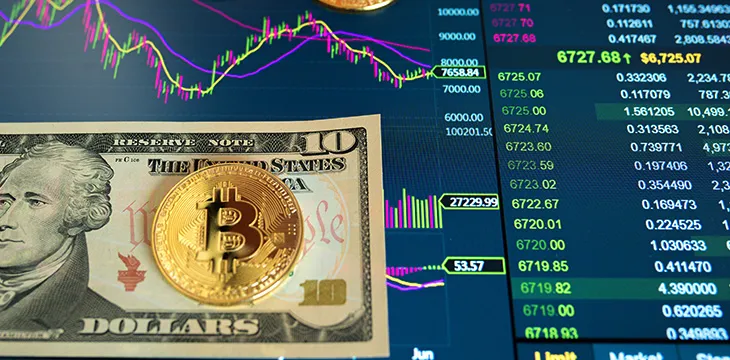|
Getting your Trinity Audio player ready...
|
The most recent report from CryptoCompare is out, and it confirms what many have been saying for a long time: the cryptocurrency market continues to be dominated by exchanges that are simply shady. In their August 21 publication, they indicated that 64% of all trading volume are on low-quality exchanges.
If you’re unfamiliar with CryptoCompare’s rating system, it’s best to get started there. The site rates exchanges in 7 areas: Geography, Regulatory environment, Investment situation, their Team quality, data provisions, market surveillance and market quality. Once scores are provided in several metrics for each area, the exchange receives a final rating that can range from Coinbase’s AA-grade to Yobit’s F-grade. Anything below a D-grade is considered untrusted.
So it’s alarming then that 64% of all volume still takes places on exchanges with a D-grade or lower. These exchanges are also host to the biggest trades. “Untrusted exchanges LBank, Coinsbit and CoinBene had the largest average trade sizes relative to other top exchanges at an average of 3.7, 1.6 and 1.1 BTC respectively,” they noted.
For comparison, the most trusted exchange, Coinbase, had average trade sizes 15 times smaller than LBank. But where its trades were smaller, it represented 4 times as many trades daily. On the whole, that means less money going through the exchange, but more customers.
That is, if the trades can be individually trusted. Fake trading volumes still plague the market and could be inflating trade volume data on any exchange. It’s less likely to happen on a well regulated and supervised exchange, but even the most popular exchanges still lack the level of supervision needed by the average bank.
It remains incredibly revealing though that the majority of volume choses to go through exchanges that are less trustable. These exchanges are less regulated, less transparent, and have less protections, or checks against their users. That’s a perfect recipe for criminals to pursue money laundering or other mischief.
Combine that with a recent report that 95% of all SegWitCoin (BTC) trades are done to fake volume, and it becomes inarguably a story about how exchanges allow bad behavior on their platforms by potential criminals to keep the whole sham going.

 07-06-2025
07-06-2025 





